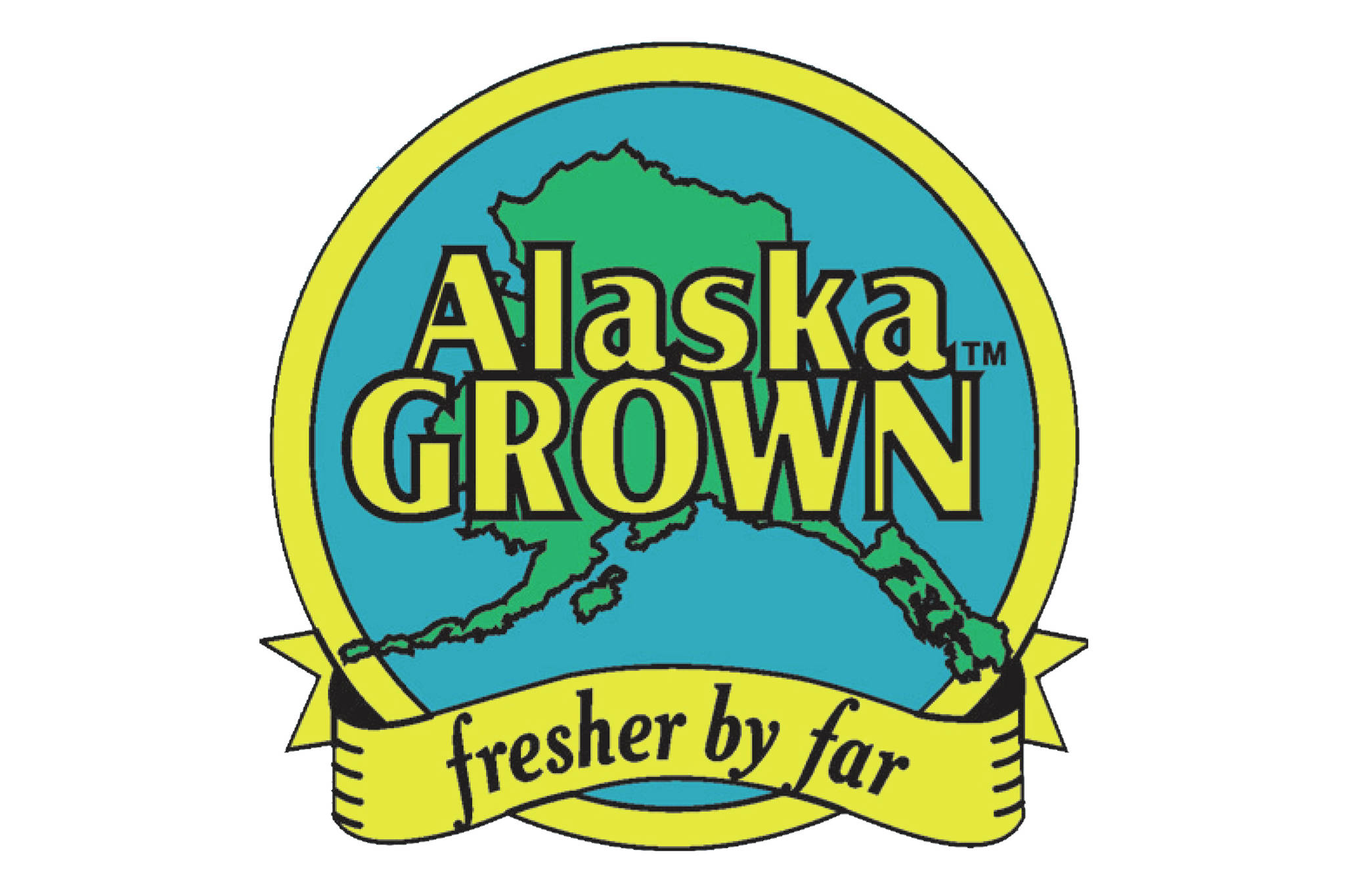Summer can happen fast in Alaska and so everyone is out in their gardens. I’m in the process of building up new beds for a new garden on a new property, so I get a little jealous when I visit a friend and see that her zucchinis are already blooming under low tunnels, that the strawberries have already fruited and are waiting to turn red in her high tunnel.
One of my friends planted tomatoes on Jan. 15 and already has huge tomatoes forming in her greenhouse. One friend showed me that she is already pulling the first batch of lettuces and getting ready to seed the next succession.
All that kind of production doesn’t necessarily mean that you have to be organized or plan ahead. Some folks just get the itch to grow things while there is still snow on the ground outside and accidentally give in to the impulse. As those starts grow leggy and sprawl all over the house, we may even regret it a bit.
But honestly, most highly productive gardens have been well-planned. It’s that kind of planning that also means that when they harvest in the fall, they will know how to store what they grew to keep the harvest going longer. One of my friends gave me strawberry-rhubarb juice on a hot day working at her house. Another introduced me to red currant-rhubarb juice after a tour of her garden in the hot sun.
Can you live off the land here? It certainly should be possible. How much can you grow yourself? How much can you source from others? What are products that could reduce your purchases at the store (like strawberry rhubarb juice instead of store-bought lemonade)? If all Alaskans just spent $5 a week on local food rather than food shipped up the road, it would make an important shift toward a stronger local food economy.
So take the first step this week and head down to the Homer Farmers Market on Saturdays from 10 a.m. to 3 p.m. and Wednesdays from 2-5 p.m. and see what the dedicated farmers and a fresh, local food economy look like.
Kyra Wagner is the coordinator of Sustainable Homer and the Homer Farmers Market’s biggest fan.


